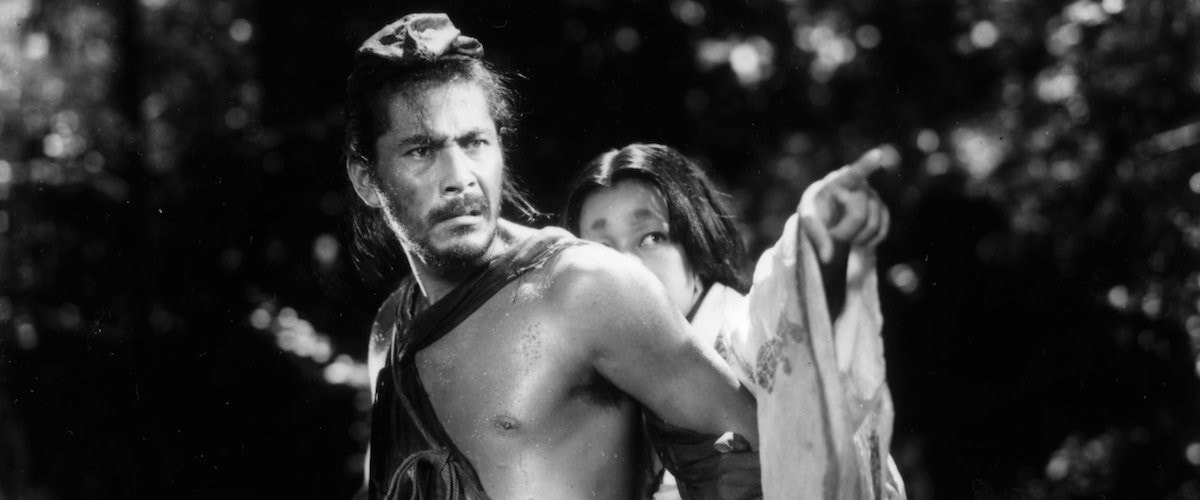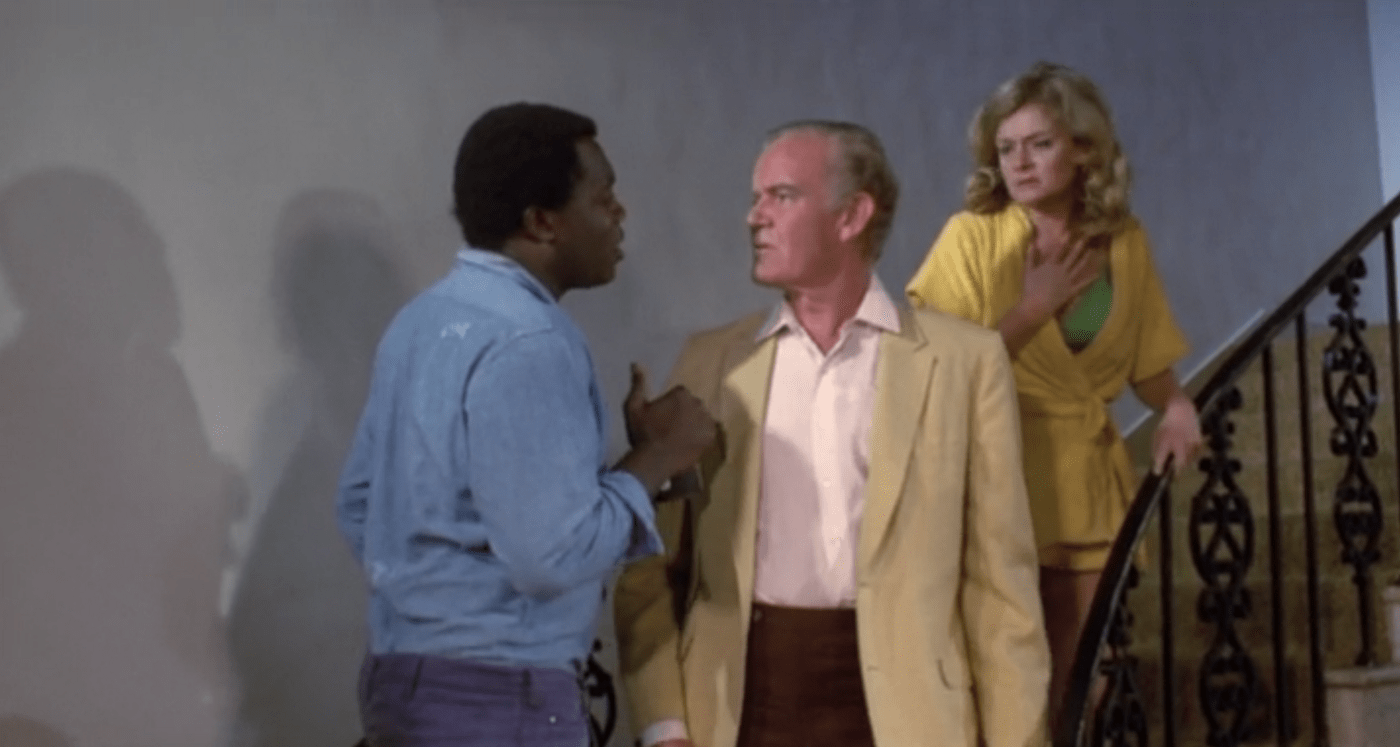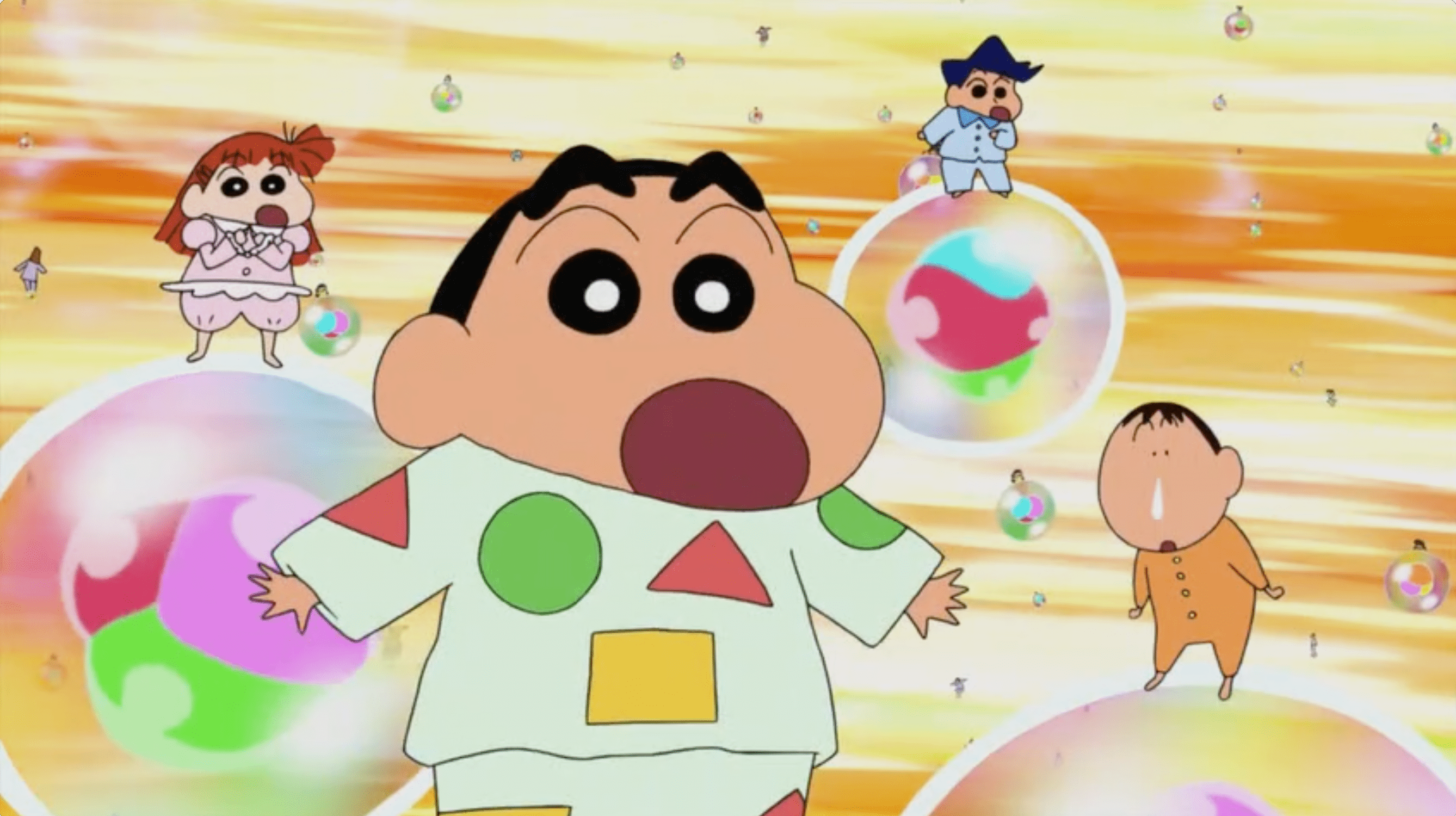
Joseph Campbell would have loved Blitz Bazawule’s 2018 film The Burial Of Kojo. It is a rich and beautiful narrative that burrows inside the essence of the hero’s journey to reveal something deeper about transformation, loss, and memory.
The Burial Of Kojo’s narrative draws heavily onmagic realism, as well as Biblical mythology, but Bazawule credits his grandmother’s storytelling style and Ghanaian storytelling traditions as foundational influences. The use of magic realism is a particularly effective way to bridge the old and new, as well as the indigenous and colonial. The characters live in an expansive world where the rigidity of time and space becomes malleable, affording them special insights and/or opportunities. The objectivity of the colonial West is subsumed by a richer world of spirits and visions.
It is difficult to summarize the plot or even the premise of The Burial Of Kojo. Bazawule describes the story as nonlinear. A young girl named Esi is at the center of the film, but the center shifts. She is the narrator and explains that her father used to tell her stories that could only be understood once you knew the ending. This is also true of The Burial Of Kojo, but there is more to the movie than simply figuring out its plot. The images themselves are deeply compelling and communicate like evocative tableaux that stick in your memory.
Without giving anything away or making concrete what should be kept amorphous, The Burial Of Kojo has more than one focus. There is Esi and her coming to terms with her family history, there is her father Kojo, who is locked in a struggle with his brother, and there is a mythological struggle between darkness and light. Any one of these premises could be used to summarize the film or provide a lens through which to understand it.

Esi’s father explains that his stories come from a place where the ocean meets the sky and where people walk upside down. It’s a wonderful magic realist explanation of how we see the horizon line. Like a rainbow, horizons create a mirage. We see a magical line where the ethereal sky meets the temporal Earth. A liminal space containing both the actual and imaginary.

As a result of this mythological union, many images in the film are upside-down. It is not easy to integrate upside-down imagery into a film. The audience is apt to be abruptly jettisoned from their emersion, but Bazawule uses ambiguous imagery as a bridge. He uses reflections in water and aerial photography to slip into upside-down images in a way that almost seems natural.
The film had a small budget, but it doesn’t show. The cinematography, the fanciful lighting, and the creative editing all add up to a visually sophisticated whole. Perhaps it helped that Bazawule hand-drew a storyboard for each cut.

Part of the story’s non-linear nature is that the film is full of foreshadowing. Only after watching the film three times did I start to fully appreciate the hints of what was to come and the interplay between past, present, and future. It is a reflection of the film not fully being understood until the end.
Foreshadowing is a strange practice. You are leaving hints that the audience can’t understand. It’s a psychological device that plays on a vague sense that something is coming, but it’s almost frustrating when watching the film for the third time and you see all of these interesting references that you missed.

This is Blitz Bazawule’s first film. In Ghana, he is primarily known as a musician. In fact, he composed the music for The Burial Of Kojo. There is nothing aboutthe filmthat feels like a freshman debut. It is not just the skilled cinema craft, but an understanding of how to communicate visually. The Burial Of Kojo is not a story adapted to the medium of film. It is an integrated whole created within the medium of film. It is an interplay of images and meaning that cannot be untangled.
As unusual and innovative as the storytelling is, the themes are familiar. Regardless of whether you fully understand the events depicted, the conflicts and emotions are clear. The film is essentially about healing psychological trauma. The nature of trauma is wrapped up in how we recount it. The main difference between soldiers who suffer from PTSD and those who do not is in how they tell their stories. How we see ourselves in the story we're continually constructing about our lives provides the core of our identity. The richness of The Burial Of Kojo comes from its shifting back and forth between whose story is being told. There is no single point of view to unite the narrative, and so we can examine the interplay between not just characters, but the realities they each construct.

If you enjoyed this article you might also enjoy - https://filmofileshideout.com/archives/be-patient-and-you-will-be-well-rewarded-in-eduardo-nunes-unicornio/



